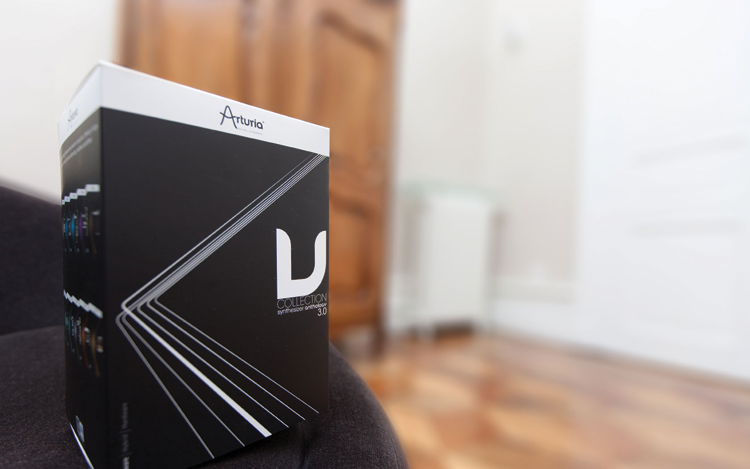Faithfully reproducing the warm Oberheim SEM tone, the Oberheim SEM V is also. Windows: XP/Vista/Seven 32 & 64 bit; Mac OS X: 10.5 or higher, Intel only. Aug 09, 2017 In this series of videos I compare virtual synthesizers found in Arturia's V4 Collection with those in their new V5 Collection.In this video I compare the Oberheim SEM V with the SEM V2.

Arturia's awesome preset collection offers a good route in to the SEM V's more advanced options. Arturia Oberheim SEM V The Oberheim SEM is an undisputed classic. On sale for five years from 1974, its popularity remains so high that its septuagenarian designer re-established production just over a year ago.
When we tested the re-issue in October 2010, we noted that nobody had yet designed a decent software emulation and hoped that someone would come up with a digital clone. French software experts Arturia must have been reading our pleas, because the SEM V virtual instrument is exactly that: a faithful reproduction of the SEM sound, with a few modern twists to make it even more versatile. 'Switching the SEM V to Poly mode instantly creates the sound of up to eight SEMs hooked together.' Architecture The SEM is legendary precisely because it does things differently to most other synths. The basic synth architecture is fairly standard: the SEM is a monophonic synth with two oscillators (pulse and sawtooth waves), two ADSD envelope generators and a sine wave LFO. The main selling point is the highly unusual voltage-controlled filter.
Having set out to design a synth that would complement the bestsellers on the market - Minimoogs, ARP 2600s and so on - Tom Oberheim settled on a unique filter to set the SEM apart. The 12dB/oct design is switchable between low-pass, high-pass and band-pass modes. Multimode filters are fairly common nowadays, but the SEM's state-variable design allows it to blend seamlessly from low-pass to high-pass through every possible shape of notch filter in between. Needless to say, the SEM V's architecture is an accurate recreation of the SEM's set-up. Tune the VCOs, apply some envelope modulation to the filter and you're immediately in classic SEM territory, wallowing in fat basses and warm, funky leads.
A knob-for-knob recreation of the SEM would have been enough to please plenty of Oberheim fans, but Arturia has taken the concept to another level with the SEM V, adding numerous features in order to bring the basic design into line with modern expectations. A second LFO adds further sine and square waves; a sub-oscillator provides sine, saw or pulse waves at -1 or -2 octaves; and portamento and a simple arpeggiator section provide additional performance options. The tweaks don't make the basic emulation any less authentic - you can ignore them if you want the original experience - but they certainly expand on the sonic range of the SEM while retaining its distinctive character.
Poly technique Speaking of expanding the SEM's range, did we mention that the SEM V is polyphonic? In some cases - most notably Minimoog emulations - we're not entirely convinced by the effectiveness of turning ballsy monophonic synths into overpowering polyphonic monsters, but it makes perfect sense with the SEM, because the original module formed the basis of Oberheim's two-voice, four-voice and eight-voice polysynths. Switching the SEM V to Poly mode using the button in the main editing window instantly creates the sound of up to eight SEMs hooked together. One of the main quirks of the four- and eight-voice synths was that their modular design - each synth was constructed from multiple SEMs - could lead to slight differences between the timbres of each voice. Sonnox oxford limiter. The SEM V is effectively multi-timbral, with the eight-voice programmer in the upper panel allowing voices to be edited independently. With Poly mode activated, each additional note triggers a new voice, either in set order (forward, backward or forward-backward) or at random. Given the general similarities between the SEM and the voice architecture of early Oberheim polysynths, Poly mode is effective for creating a huge range of classic Oberheim sounds, from belting brass patches to silky retro strings.